In Xcode 10.2 and higher, there's a PlaygroundSupport framework. It shares a playground data, manages live views, and controls the execution of a playground.
import PlaygroundSupport
You can use Playground Support from within playgrounds to:
- Access a playground page and manage its execution
- Access and share persistent data
- Assess the progress of the learner, update hints, and show success text
About Swift Playgrounds for iPad read here.
Here's the code:
import PlaygroundSupport
import SceneKit
var sceneView = SCNView(frame: CGRect(x: 0, y: 0, width: 1000, height: 200))
var scene = SCNScene()
sceneView.scene = scene
sceneView.backgroundColor = .black
PlaygroundPage.current.liveView = sceneView
var lightNode = SCNNode()
lightNode.light = SCNLight()
lightNode.light?.type = .directional
lightNode.light?.intensity = 3000
lightNode.light?.shadowMode = .deferred
lightNode.rotation = SCNVector4(x: 0, y: 0, z: 0.5, w: 1.5 * Float.pi)
scene.rootNode.addChildNode(lightNode)
var cameraNode = SCNNode()
cameraNode.camera = SCNCamera()
cameraNode.position = SCNVector3(x: 2.5, y: 0, z: 5)
scene.rootNode.addChildNode(cameraNode)
var box = SCNBox(width: 3, height: 3, length: 3, chamferRadius: 0.4)
var boxNode = SCNNode(geometry: box)
scene.rootNode.addChildNode(boxNode)
box.firstMaterial?.diffuse.contents = UIColor.blue
box.firstMaterial?.specular.contents = UIColor.purple
boxNode.rotation = SCNVector4(x: 1.0, y: 1.0, z: 0.0, w: 0.0)
boxNode.scale = SCNVector3(x: 1.0, y: 1.0, z: 1.0)
Then apply a transform animation:
var spin = CABasicAnimation(keyPath: "rotation.w")
var scale = CABasicAnimation(keyPath: "scale.x")
spin.toValue = 3 * -CGFloat.pi
spin.duration = 2
spin.repeatCount = .greatestFiniteMagnitude
scale.toValue = 1.5
scale.duration = 2
scale.repeatCount = .infinity
boxNode.addAnimation(spin, forKey: "spin around")
boxNode.addAnimation(scale, forKey: "scale x")



